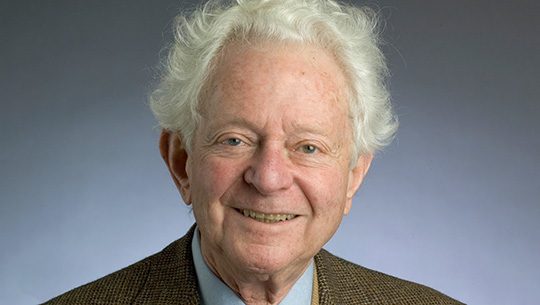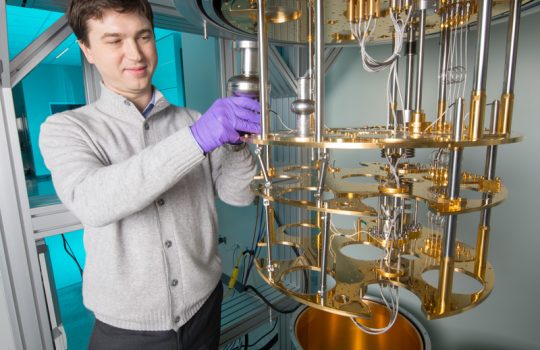Leon Lederman, 96, explorer (and explainer) of the subatomic world, dies
From The New York Times, Oct. 3, 2018: Leon Lederman, whose ingenious experiments with particle accelerators deepened science’s understanding of the subatomic world, died early Wednesday in Rexburg, Idaho. He was 96.




